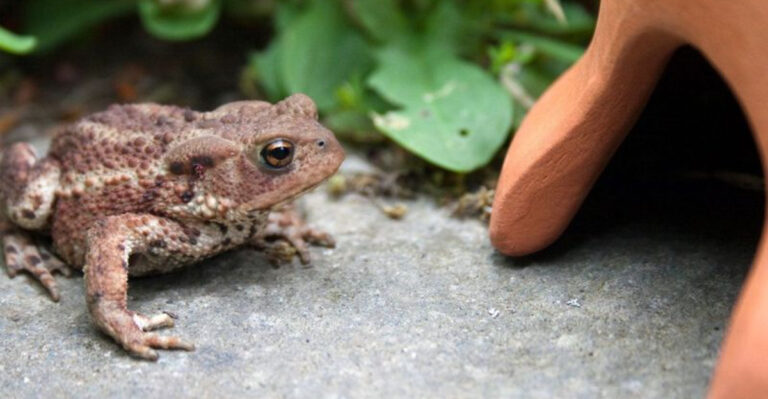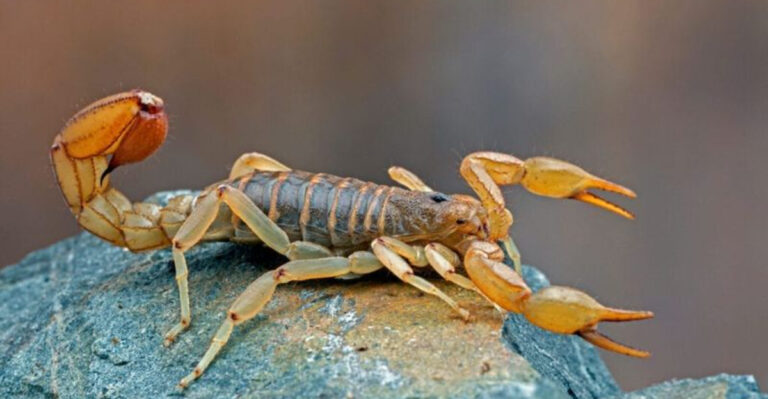Why The Incredible Sandfish Skink Can Swim Through Sand
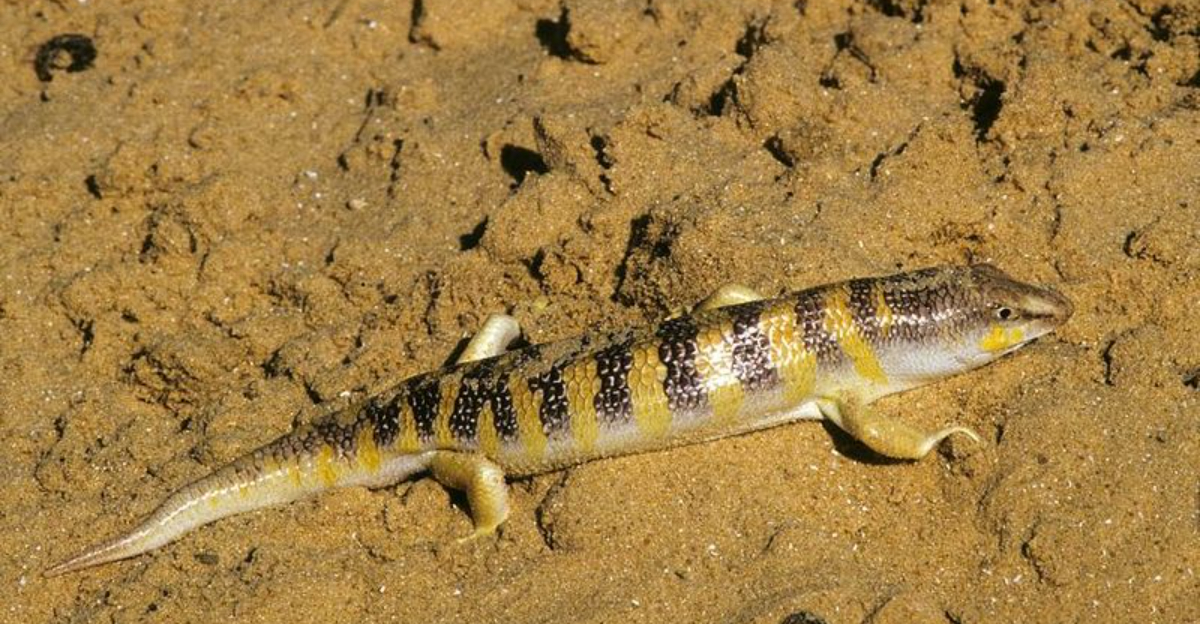
Hidden beneath the scorching desert sands lives one of nature’s most remarkable reptiles—the sandfish skink.
This lizard doesn’t just crawl on sand; it literally swims through it like water! Scientists have been fascinated by this creature’s unique abilities, which help it escape predators and survive in one of Earth’s harshest environments.
Undulatory Locomotion Beneath The Surface
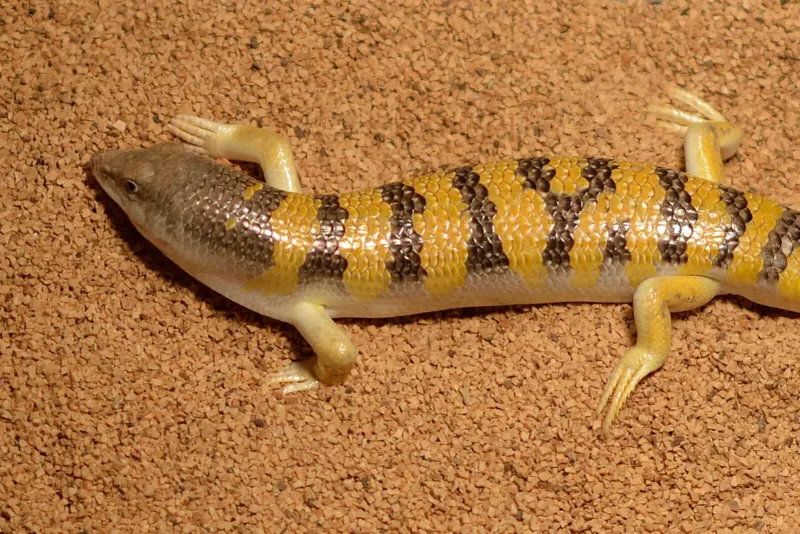
The sandfish creates S-shaped waves with its body, just like a snake slithering through water. This wave motion pushes against surrounding sand particles, propelling the lizard forward.
The technique is so effective that the sandfish can disappear beneath the surface in mere seconds!
Legs Tucked Against The Body
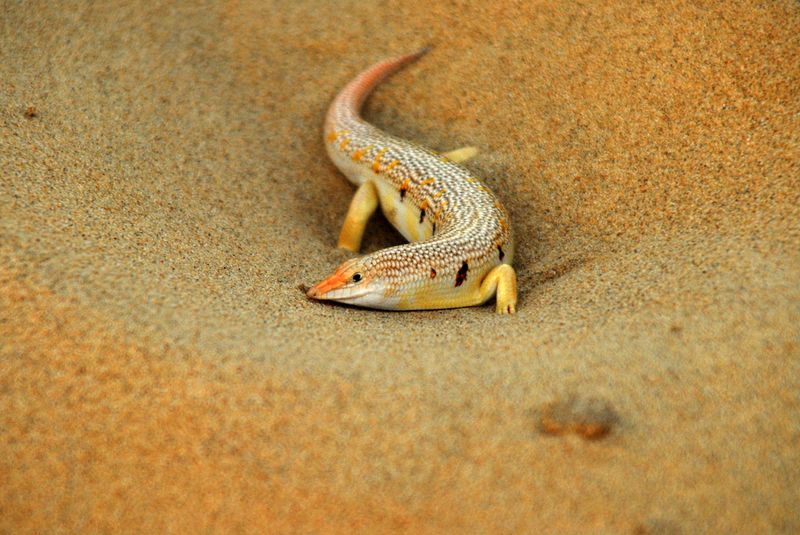
Contrary to what you might expect, the sandfish doesn’t use its legs to paddle through sand. Instead, it tucks them tightly against its body.
This streamlined position reduces drag and prevents limbs from getting caught in the granular environment. Smart adaptation!
Smooth, Low-Friction Scales
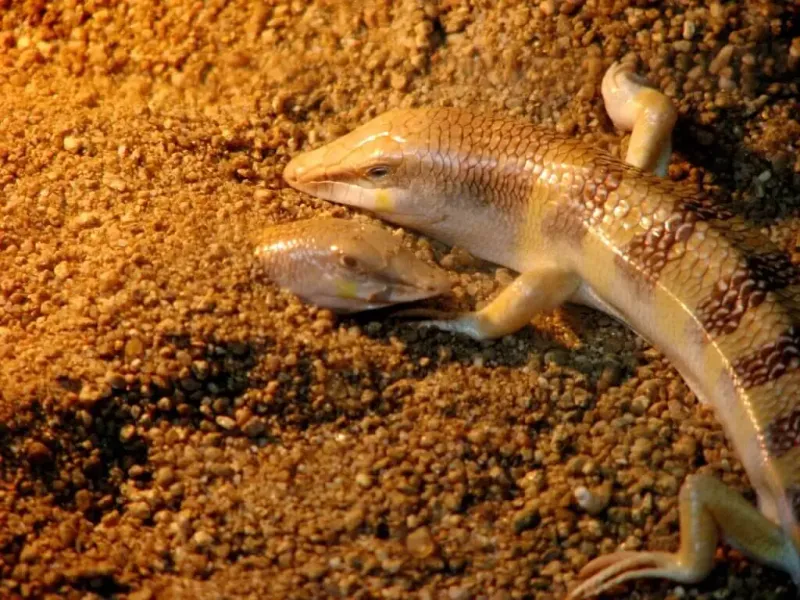
Run your finger over a sandfish, and you’d feel incredibly smooth scales. These polished, overlapping plates act like a wetsuit for sand swimming.
Each scale has a microscopic structure that minimizes friction against sand grains. This natural engineering reduces energy costs by 30% during movement!
Wedge-Shaped Snout For Efficient Burrowing
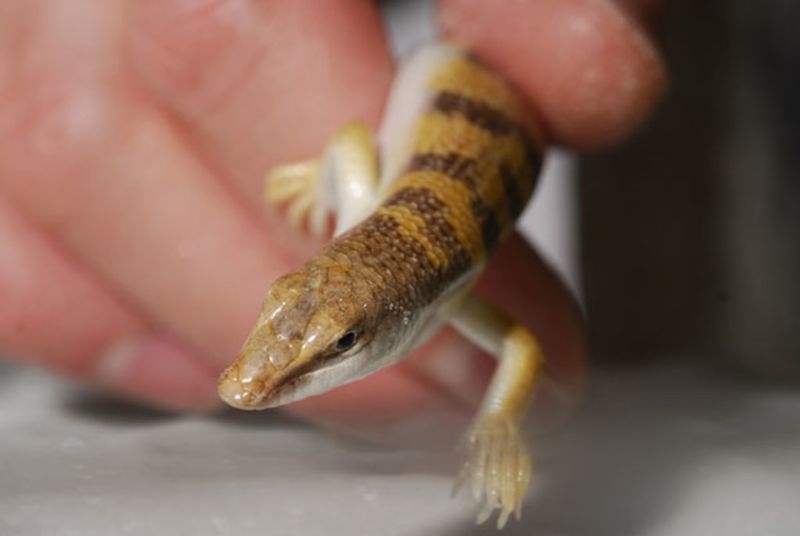
Nature designed the perfect sand-diving tool with the sandfish’s pointed snout. The countersunk lower jaw prevents sand from forcing the mouth open during high-speed dives.
This specialized head shape works like a shovel, parting sand grains with minimal resistance.
High-Speed Subsurface Movement
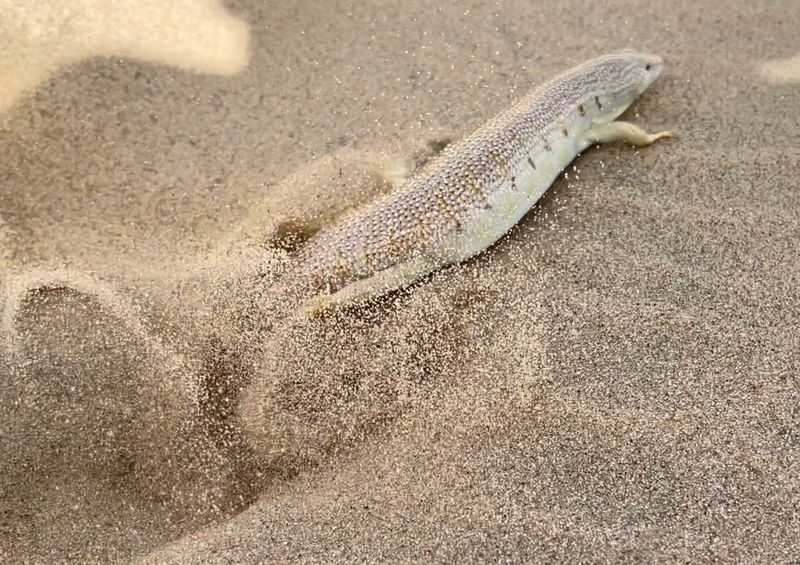
Blink and you’ll miss it! The sandfish zooms through sand at impressive speeds—covering 1.5 body lengths per second. For perspective, that’s like a human swimming through sand at about 10 mph!
This rapid movement helps it escape predators and efficiently hunt prey.
Adaptation To Harsh Desert Environments
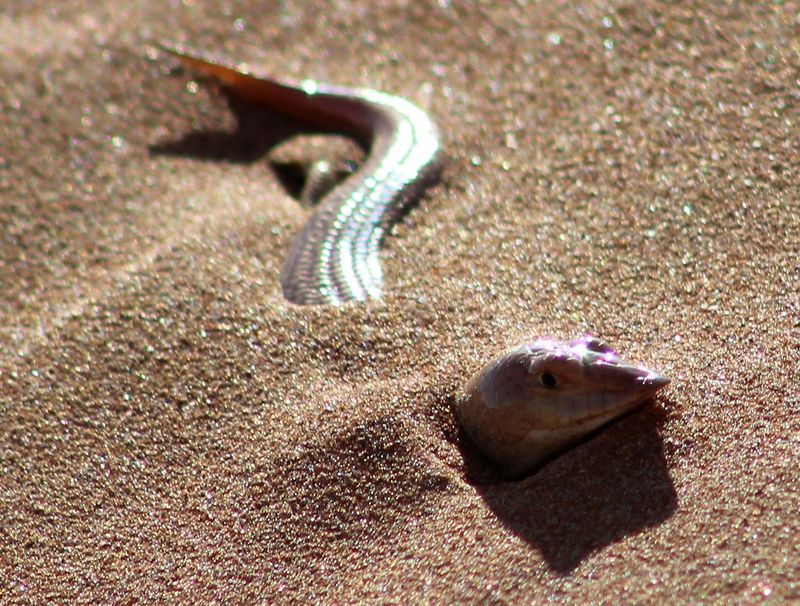
Sandfish thrive where few creatures can survive—in scorching deserts reaching 120°F! Their sand-swimming ability allows them to escape extreme surface temperatures instantly.
They’ve evolved specialized kidneys that conserve water, allowing them to go weeks without drinking. Talk about desert survival experts!
Insectivorous Diet
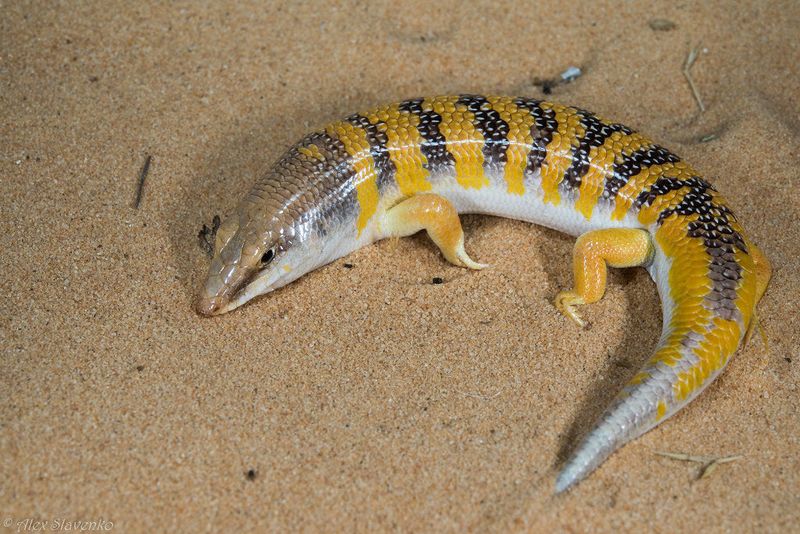
Ever wonder how sandfish find food buried in sand? Their jaw bones conduct vibrations from insect movements through the substrate.
Like underwater sonar, this system pinpoints prey location with remarkable accuracy. They primarily hunt beetles, ants, and termites—desert insects that few predators can efficiently catch.
Solitary And Diurnal Behavior
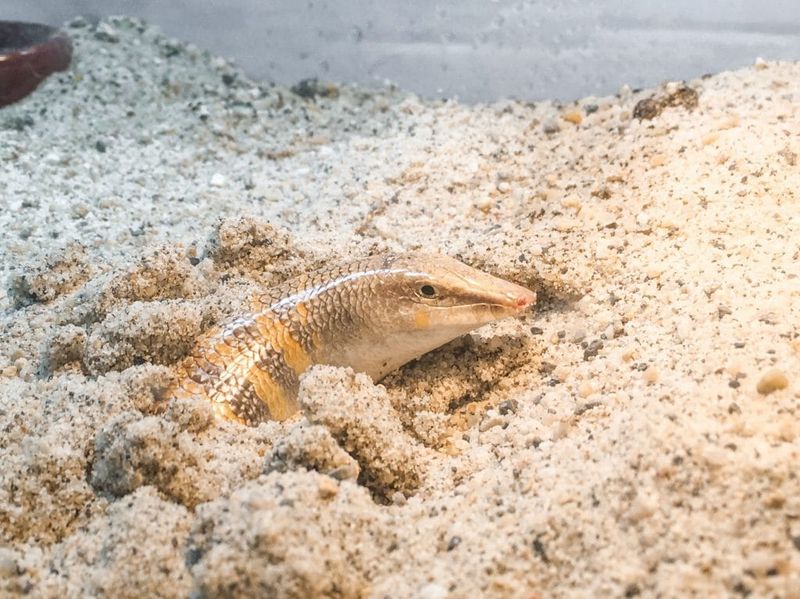
Morning risers by nature, sandfish emerge when temperatures are bearable to bask and hunt. They’re loners at heart, preferring their own company except during mating season.
Each sandfish establishes a territory roughly 10 square meters in size. They mark these areas with scent glands located near their hind legs.
Reproductive Habits
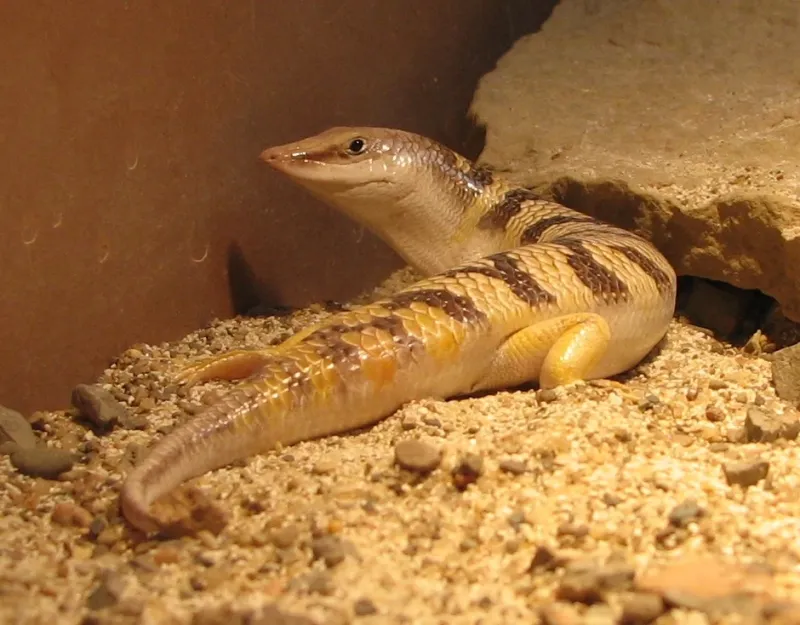
Romance blooms in late spring for sandfish skinks! Males perform elaborate courtship displays, wiggling their tails to attract females.
After mating, females lay 2-4 eggs in underground chambers they carefully dig. Baby sandfish hatch fully equipped with sand-swimming abilities—no parental training needed!
Unique Respiratory Adaptations
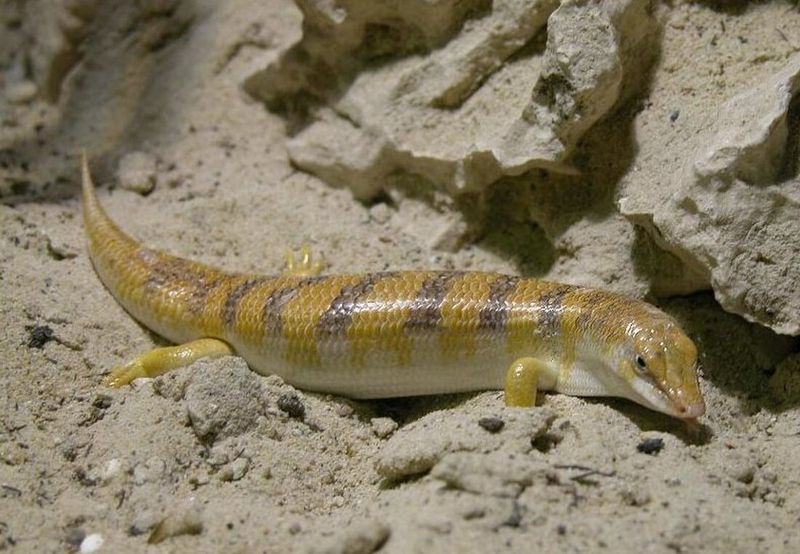
How does a sandfish breathe while surrounded by sand? Their nostrils contain specialized valves that close during swimming.
The respiratory system includes tiny hair-like structures that filter out sand particles. Their lungs can extract oxygen efficiently even when breathing is limited during extended dives.
Camouflaged Appearance
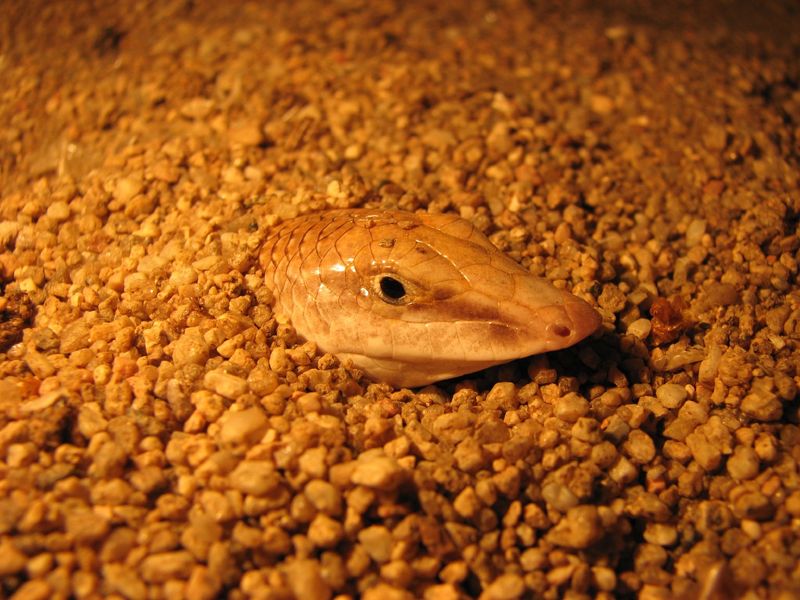
Yellow-caramel body with dark crossbands isn’t just fashionable—it’s lifesaving camouflage! The pattern perfectly matches the dappled light on desert sands.
When partially buried, these markings break up the lizard’s outline, making it nearly invisible to predatory birds. Even their eyelids have transparent windows for seeing while protected!
Cultural Significance
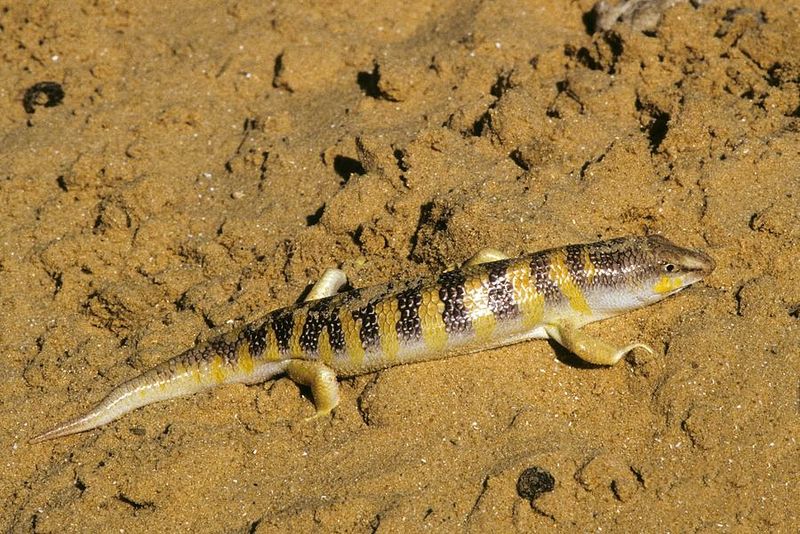
Ancient desert nomads regarded the sandfish as magical! They called it “sand fish” believing it swam through sand like fish through water.
In 13th-century Islamic texts, the creature symbolized divine protection. Some Bedouin tribes kept them as pets, believing they brought rainfall and good fortune to households.
Scientific Interest And Robotic Applications
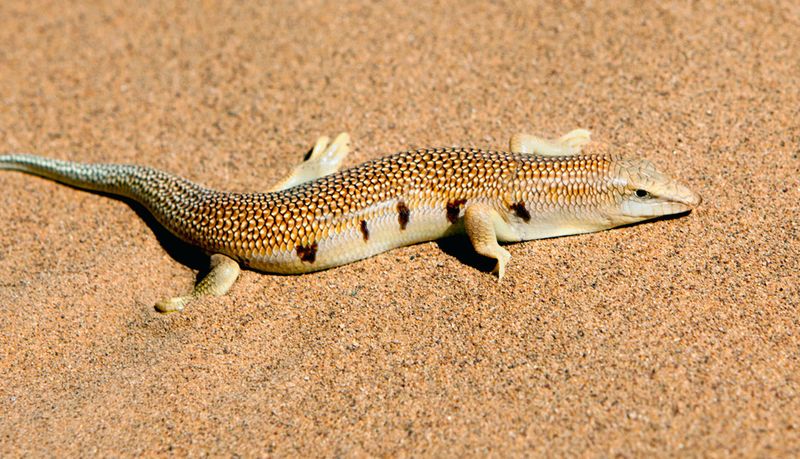
Engineers at Georgia Tech created robot models mimicking sandfish movement! These machines could revolutionize search-and-rescue operations in earthquake rubble.
The sandfish’s locomotion has inspired designs for Mars rovers that could navigate sandy terrain. Some medical devices now use similar principles for moving through bodily tissues!




